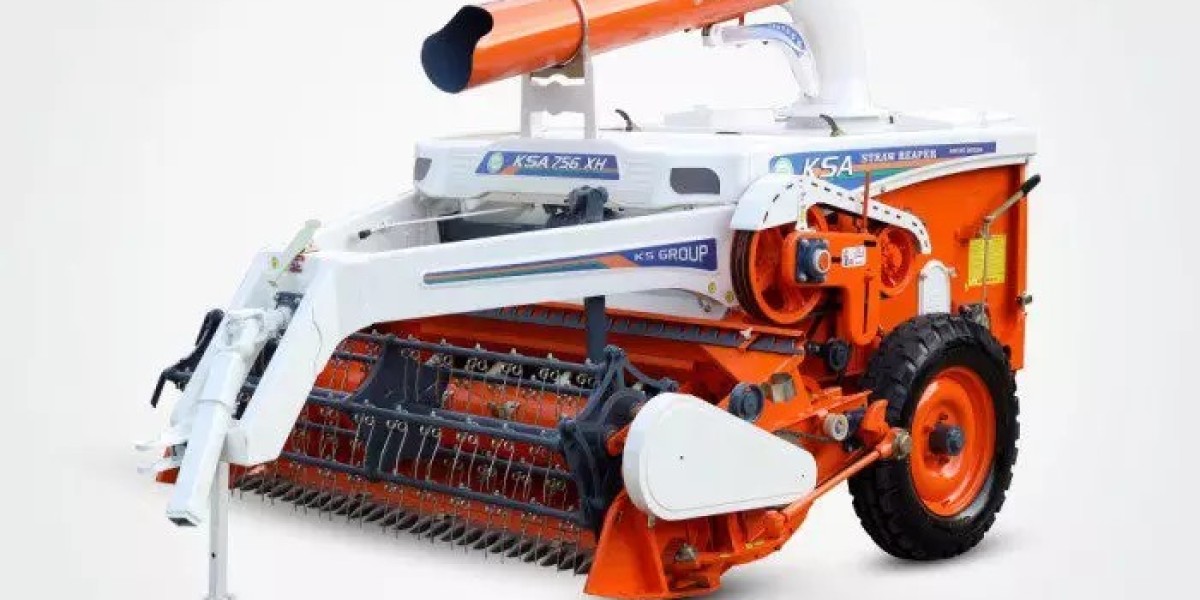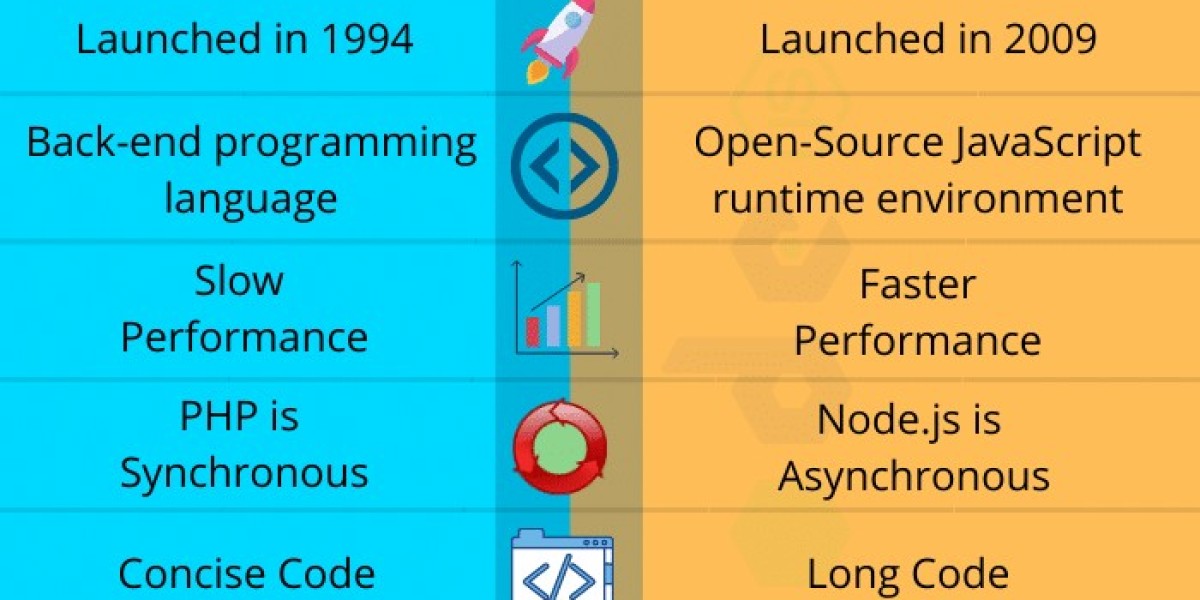In the agricultural landscape, the paddy chopper has emerged as a game-changer, offering a sustainable solution to one of the most pressing issues—paddy straw management. This tool, specifically designed for chopping and managing paddy residue, is making waves among farmers, especially in regions where paddy cultivation is prominent. But what makes the paddy chopper so essential? Let’s delve into the details.
What is a Paddy Chopper?
A paddy chopper is a specialized agricultural machine designed to cut and chop paddy straw into smaller pieces, making it easier to manage. This machine plays a crucial role in preventing the practice of stubble burning, which has been a significant environmental concern in many paddy-growing regions.
Why is Paddy Straw Management Important?
Paddy straw management is crucial because improper disposal of paddy straw can lead to severe environmental and health issues. Burning straw releases harmful pollutants into the air, contributing to air pollution and health problems. Moreover, it leads to the loss of valuable nutrients in the soil.
The Evolution of Paddy Choppers
Paddy choppers have evolved over the years, from basic manual tools to advanced machines with enhanced efficiency. Today’s paddy choppers are equipped with powerful engines, sharp blades, and user-friendly controls, making the chopping process quick and efficient.
From Manual to Mechanized
In the past, farmers relied on manual labor to manage paddy straw, which was both time-consuming and labor-intensive. The introduction of mechanized paddy choppers revolutionized the process, allowing farmers to manage large volumes of straw with minimal effort.
How Does a Paddy Chopper Work?
A paddy chopper works by cutting and chopping the straw into smaller pieces. The machine is typically attached to a tractor, which powers its blades. As the tractor moves through the field, the chopper cuts the straw left behind after harvesting and chops it into manageable pieces.
Key Components of a Paddy Chopper
- Blades: Sharp and durable, designed to cut through thick straw efficiently.
- Engine: Provides the necessary power to the blades for chopping.
- Hopper: Collects the chopped straw, making it easier to dispose of or use as mulch.
Benefits of Using a Paddy Chopper
The use of a paddy chopper offers numerous benefits, making it an indispensable tool for modern agriculture.
Environmental Benefits
- Reduces Air Pollution: By chopping the straw instead of burning it, farmers can significantly reduce air pollution.
- Enhances Soil Health: Chopped straw can be used as mulch, enriching the soil with organic matter and retaining moisture.
Economic Benefits
- Cost-Effective: Reduces the need for manual labor, saving time and money.
- Increases Yield: By improving soil health, paddy choppers contribute to better crop yields.
Case Study: Paddy Chopper in Punjab, India
Punjab, a major paddy-growing region in India, has faced significant challenges due to stubble burning. The introduction of paddy choppers in this region has been a game-changer.
Before Paddy Choppers
Farmers in Punjab traditionally burned paddy straw, leading to severe air pollution and soil degradation. This practice also attracted criticism from environmentalists and policymakers.
After Paddy Choppers
With the introduction of paddy choppers, farmers in Punjab have seen a drastic reduction in stubble burning. The chopped straw is now used as mulch or in biomass plants, turning waste into a resource.
Challenges in Adopting Paddy Choppers
Despite their benefits, the adoption of paddy choppers is not without challenges.
Cost of the Machine
One of the primary barriers to adoption is the cost of the machine. For small-scale farmers, the upfront investment can be prohibitive.
Maintenance Requirements
Paddy choppers require regular maintenance to function effectively. Farmers need to be trained in proper maintenance practices to ensure the longevity of the machine.
Overcoming the Challenges
To encourage the adoption of paddy choppers, several measures can be taken.
Subsidies and Financial Assistance
Governments and agricultural bodies can provide subsidies or financial assistance to make paddy choppers more affordable for small-scale farmers.
Training and Awareness Programs
Conducting training programs to educate farmers on the benefits and maintenance of paddy choppers can help overcome adoption barriers.
Future of Paddy Choppers
The future of paddy choppers looks promising, with continuous advancements in technology and increased awareness about sustainable farming practices.
Technological Innovations
Ongoing research and development are likely to lead to more efficient and affordable paddy choppers, making them accessible to a broader range of farmers.
Sustainable Farming Practices
As sustainable farming practices gain momentum, the demand for paddy choppers is expected to grow, making them a staple in modern agriculture.
Conclusion
The paddy chopper is more than just a tool—it’s a symbol of the shift towards sustainable and environmentally-friendly farming practices. By addressing the challenges of paddy straw management, it not only helps protect the environment but also supports the economic well-being of farmers. As we look to the future, the role of paddy choppers in agriculture is set to expand, making them an essential part of the farming toolkit.
FAQs
1. What is a paddy chopper used for?
A paddy chopper is used for cutting and chopping paddy straw into smaller pieces, making it easier to manage and preventing the need for stubble burning.
2. How does a paddy chopper benefit the environment?
By chopping straw instead of burning it, a paddy chopper reduces air pollution and enhances soil health by adding organic matter.
3. Is the paddy chopper affordable for small-scale farmers?
The cost of a paddy chopper can be high for small-scale farmers, but subsidies and financial assistance can help make it more affordable.
4. Can the chopped straw be used for anything else?
Yes, chopped straw can be used as mulch, which helps retain soil moisture and adds organic matter to the soil. It can also be used in biomass plants.
5. What are the maintenance requirements for a paddy chopper?
Regular maintenance is essential for the effective functioning of a paddy chopper. This includes sharpening blades, checking the engine, and cleaning the machine after use.







